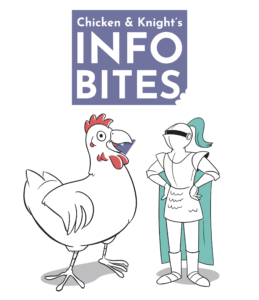

Every day we encounter things we don’t understand. Plumbing, health insurance forms, and how Wi-Fi works. This is especially true when we’re in school. It’s likely you had some bad teachers in grade school, but what was it about the good teachers that made them stick out? The fact that they didn’t care if your shirt was tucked in might have helped, but it was likely that they made whatever they taught engaging.
Tom Sherrington writes in TeacherHead that great explainers make complex topics simple with ease and grace. That should be your goal as an explainer, especially if you have limited time.
Here are some rules to follow when attempting to explain something, whether it be to a student, a peer, a potential customer, or even your boss.
First, engage. Like your best teachers knew, people will not learn if they are disengaged.
Some of the best practices when engaging students or employees come from a place of honesty and transparency. That includes being transparent about how you feel about a topic. If you aren’t excited about it, it’s hard to get a whole group of people on board.
Approach with respect, and without judgement.
It takes guts to admit that you don’t know something. The best thing your employee, employer, peer, or teacher can do is respect when you have the humility to ask. As experts in explainer animations, we see opportunities to level the playing field from the beginning. What makes a truly good explainer is the ability to explain anything to anyone, no matter the skill level.
Simplify
Think of a way to creatively “get the gist” of what you want to say using story, metaphor and analogy. Once your audience understands the basics, you can build nuance and detail. We might be biased––after all our parent company is called Simplicity Works––but we think this step is crucial to creating connections across teams and with clients. Learning experts agree that tactile, visual, and auditory experiences help people learn. Keep this in mind as you’re honing your content.
Experiment and Play
In learning, there’s incredible room for trying new things and having fun. If you can get your group of learners to have fun, chances are they are going to remember the lesson.
- Teaching Hamlet to eighth graders? Make them act out a scene from Hamlet but in the form of dramatic reality TV.
- Having a meeting to tell your employees about the new HR policy? Throw water balloons in the conference room.
- Finally, showing clients a new but hard to explain product? Use an explainer video!
Which we can provide! Let’s work together on explaining your next big idea.



